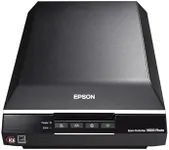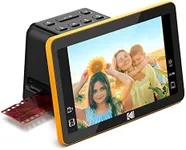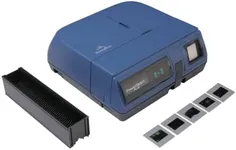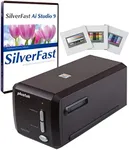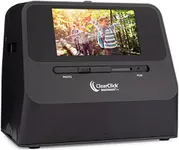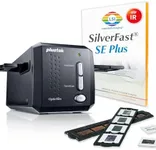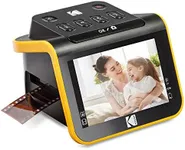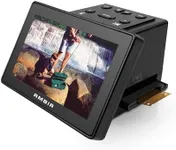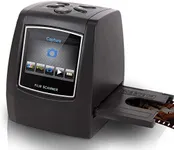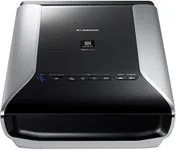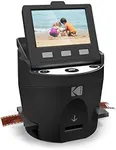Buying Guide for the Best Negative Scanners
Choosing the right negative scanner can be a bit overwhelming, but with the right approach, you can find the perfect fit for your needs. Negative scanners are used to convert film negatives into digital images, preserving your memories in a modern format. When selecting a negative scanner, it's important to consider several key specifications to ensure you get the best quality and functionality for your specific requirements. Here are the key specs to look out for and how to navigate them.ResolutionResolution is measured in dots per inch (DPI) and determines the level of detail and clarity in the scanned image. Higher resolution means more detail, which is crucial for large prints or professional use. For casual use or sharing online, a resolution of 2400 DPI to 3200 DPI is usually sufficient. For professional use or archiving, look for scanners with 4000 DPI or higher. Consider your end use: if you plan to print large photos or need high detail, opt for higher resolution.
Color DepthColor depth, measured in bits, indicates the number of colors the scanner can capture. Higher color depth results in more accurate and vibrant colors. Most scanners offer 24-bit color depth, which is adequate for general use. For professional or archival purposes, a 48-bit color depth is preferable as it captures more color nuances and details. Choose based on how important color accuracy is for your projects.
Dynamic RangeDynamic range, often expressed as Dmax, measures the scanner's ability to capture the range of tones from the darkest shadows to the brightest highlights. A higher Dmax value (typically above 3.0) indicates better performance in capturing details in both dark and light areas. If you are scanning high-contrast negatives or want to preserve subtle details, look for a scanner with a higher dynamic range. For everyday use, a moderate dynamic range should suffice.
Scanning SpeedScanning speed refers to how quickly the scanner can process each negative. This is important if you have a large number of negatives to scan. Faster scanners can save you a lot of time. Entry-level scanners may take a few minutes per scan, while higher-end models can scan in seconds. Consider how many negatives you need to scan and how much time you can dedicate to the process. If you have a large collection, a faster scanner will be more efficient.
Software and CompatibilityThe software that comes with the scanner can greatly affect your experience. Good software can make it easier to edit, organize, and share your scanned images. Check if the scanner is compatible with your operating system and if the software offers features like dust and scratch removal, color correction, and batch scanning. Choose a scanner with user-friendly software that meets your editing and organizational needs.
ConnectivityConnectivity options determine how you connect the scanner to your computer or other devices. Most scanners use USB connections, but some may offer wireless options. Ensure the scanner has the necessary ports and is compatible with your devices. If you prefer a clutter-free workspace, consider a scanner with wireless capabilities. Choose based on your preferred setup and ease of use.
Size and PortabilityThe size and portability of the scanner can be important if you have limited space or need to transport the scanner frequently. Compact and lightweight models are easier to store and move around. However, larger scanners may offer better performance and more features. Consider where you will use the scanner and how often you need to move it. If space is a concern, opt for a smaller, portable model.
